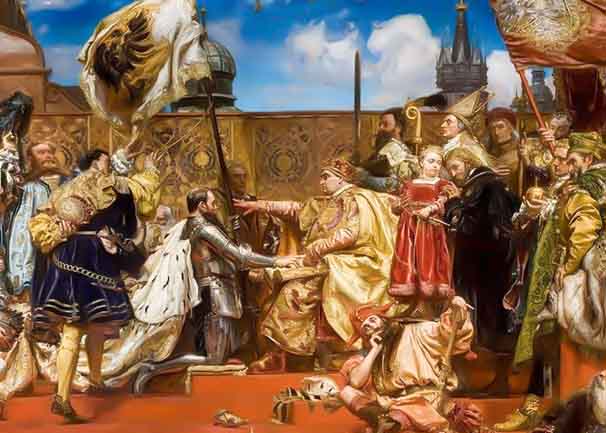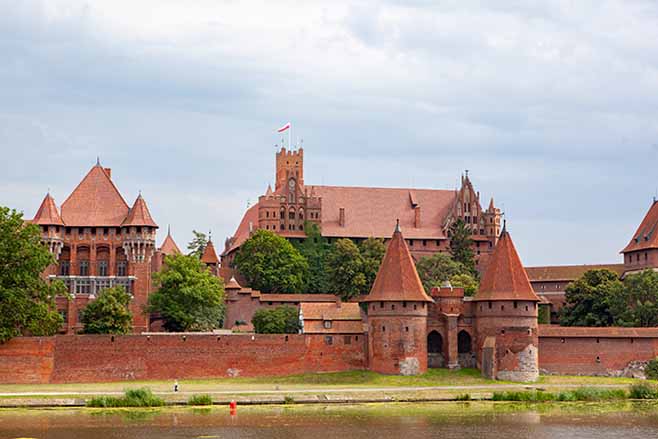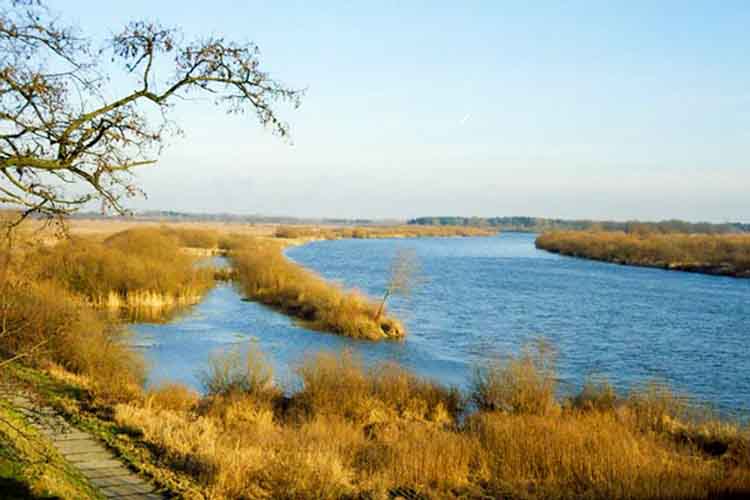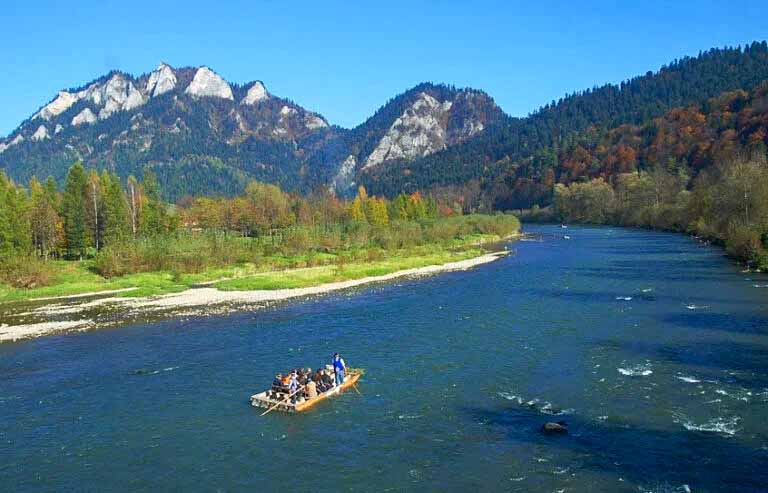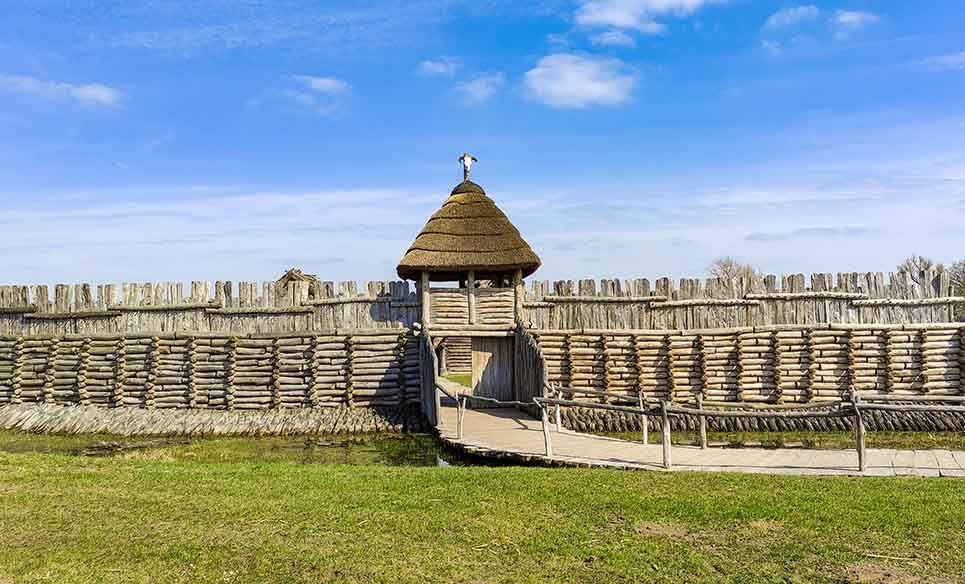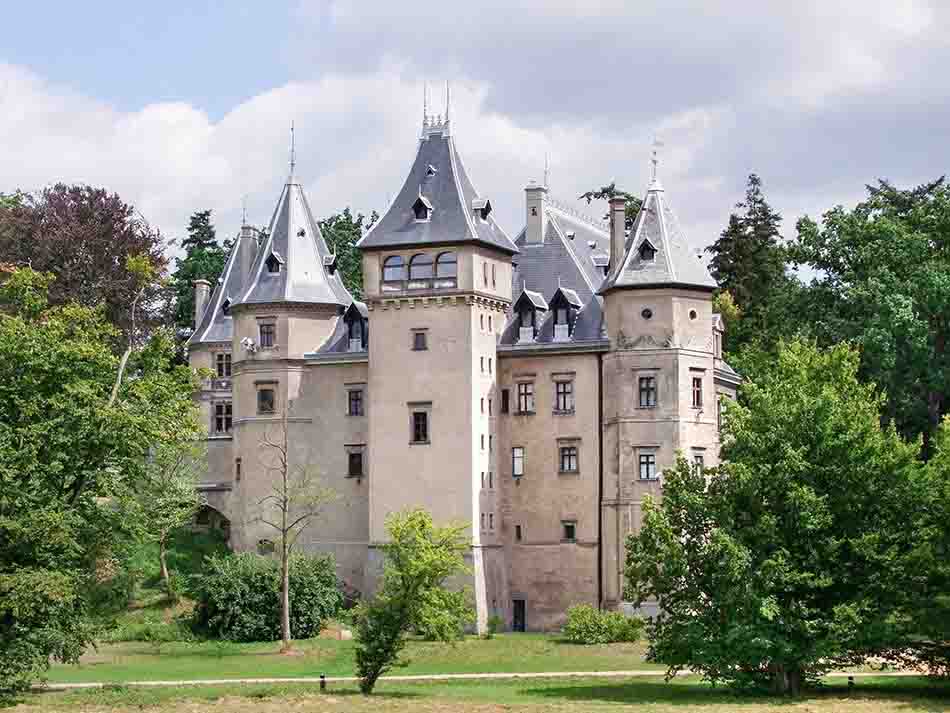Krzyżtopór Castle was built in Ujazd in the Iwaniska commune (today: Świętokrzyskie) on lands that had belonged to the Ossoliński family since the 15th century. Previously, these lands were managed by Cistercians from Jędrzejów. However, construction began only in the 17th century, when Krzysztof Ossoliński, son of the Marshal of the Sejm Jan Zbigniew Ossoliński and Jadwiga née Sienieńska, became the lord of these lands. This well-educated and deeply religious magnate enjoyed traveling around Europe, where he observed architectural and technical solutions in order to implement them in the construction of his family's seat. It is believed that he was inspired by, among others, the Roman Palazzo Farnese and his dream was to build a residence that would outshine everything that was being built in Europe at that time in its size, splendor and luxury. He obtained huge funds to fulfill his dream from the income of the estate, but also from the dowries of three wealthy wives. He also made money thanks to the exclusive right to supply the army of the Polish-Lithuanian Commonwealth during the Prussian campaign against the Swedes in 1626.
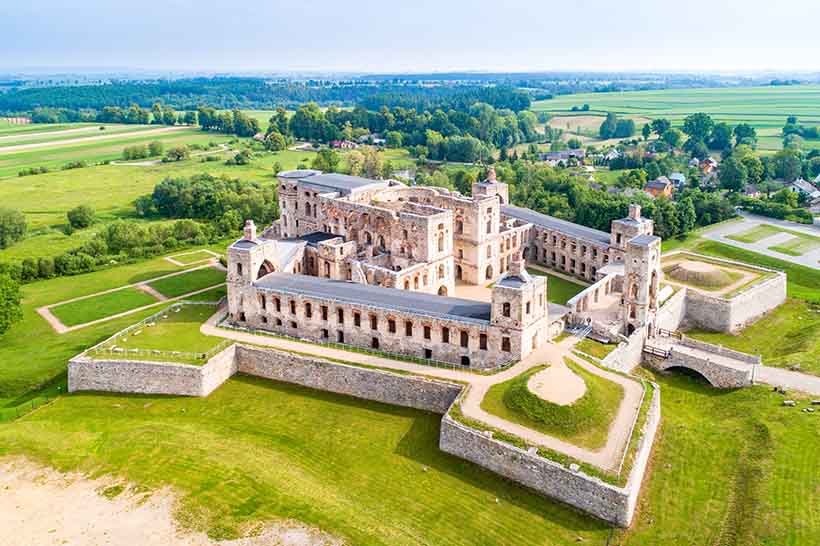
The Krzyżtopór Castle (Source: DlaPolonii.pl)
Construction work began in 1621 under the supervision of Wawrzyniec Senes. According to preserved records, 11,000 tons of local quartz sandstone, 500 tons of lime and 5,000 cubic meters of sand were used for the construction, as well as 200,000 bricks and 30,000 roof tiles. Exotic wood and marble were imported from all over the world, and the whites of a million chicken eggs were added to the lime mortar!
A building combining the functions of a fortress and a palace was built. It was given the shape of a pentagon with corner bastions, and inside there was a palace designed on a pentagonal plan, utility buildings and a vast garden. The buildings occupied an area of 1.3 hectares (3.21 acres). The main gate was topped with a huge axe, a symbol of the Ossoliński coat of arms and a cross, which was to testify to the owner's deep Catholicism. The works lasted over 20 years, until 1644. Its creator lived there for barely a year and his heir, the only son Krzysztof Baldwin Ossoliński - five years, before he died in the Battle of Zboriv.
Six years later, the castle was invaded by the Swedes and plundered like many other Polish palaces: everything that could be of any value was torn from the walls, valuable volumes and elements of equipment were taken. The work of destruction was completed by the Russians fighting the Bar Confederates in the years 1768-1772. Since then, Krzyżtopór – the symbol of Polish splendor – has changed owners but remains a ruin.
After the end of World War II, it became the property of the State Treasury. For decades, no work was carried out there, apart from inventory work. Just a dozen or so years ago, entry was prohibited by signs informing about the possibility of collapse. Only in 1991, after the necessary safeguards had been carried out, tourist trails were established along the ruins. Since 2007, the castle has been looked after by the Commune Office in Iwaniska and the place has come to life - archaeological and conservation work is being carried out on a large scale, catering facilities and toilets have been built, and many technical improvements have been introduced that make it easier to visit. The ruins of this massive residence are undoubtedly one of the most important tourist attractions in the Świętokrzyskie province. It can be visited during the day and at night, and concerts and knight shows are held there. The scenery of the ruins is used in many films and historical programmes.
Practical information
Address:
Ujazd 73, 27-570 Ujazd
GPS coordinates:
N 50°42'50.44" E 21°18'36.94"
Distances:
- from Sandomierz: 40 km DW758
- from Kielce: 60 km DK 74
- from Krakow: 160 km E77
- from Rzeszów: 121 km DW985 and DK9
- from Warsaw: 208 km E77
Information About the Monument:
Translation from Polish by Andrew Woźniewicz.








